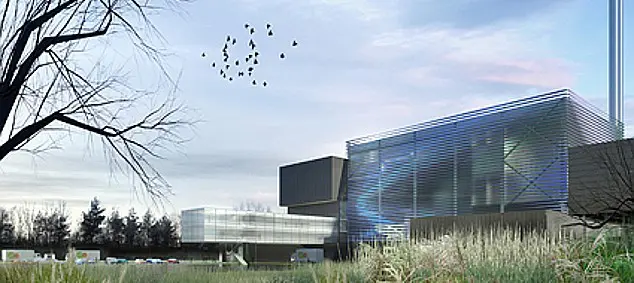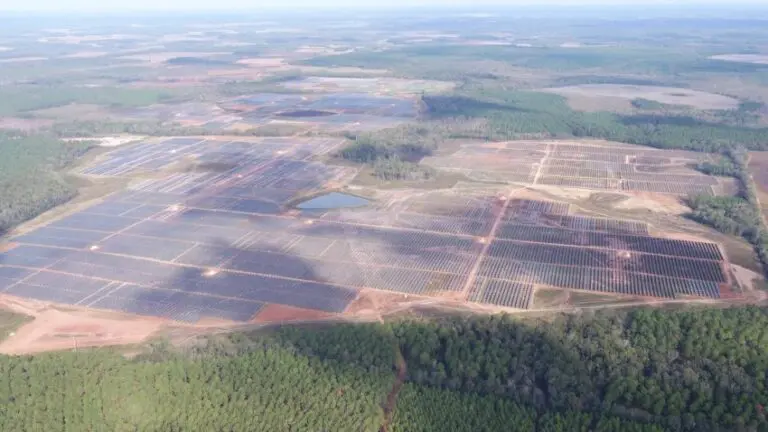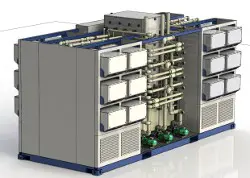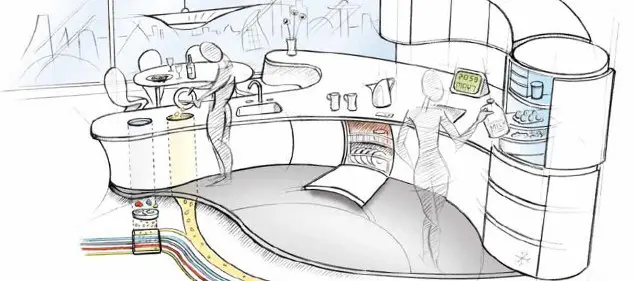Waste and recycling firm, SITA UK and Sterling Suffolk, a partnership between farmers Michael Blakenham and Stephen Wright, have been given the go-ahead for a commercial greenhouse project that will utilize heat from SITA’s Great Blakenham waste to energy plant.
The planned greenhouses will be built on land owned by the two farmers in Little Blakenham and is expected to allow Sterling Suffolk to provide local produce, helping to reduce food miles and increase the UK’s self-reliance for food.
According to consultancy firm, RPS Group which helped with the application, the use of renewable energy, in the form of heat, from the waste to energy facility provides further environmental benefits improving the scheme’s sustainability credentials.
The consultants said that the development concept originated from the opportunity to utilise surplus heat from the nearby Great Blakenham waste to energy facility for, which it helped secure planning permission in 2011.
Once operational the 20 MW waste to energy facility is expected to process around 269,000 tonnes of residual waste each year, and will be operated by SITA UK – a subsidiary of Suez Environnement (Paris: SEV and Brussels: SEVB).
According to RPS, the use of heat from the facility will allow Stirling Suffolk to reduce the operational costs of growing tomatoes, thus providing it with a comparative advantage in the marketplace and helping to promote locally grown produce.
The approved greenhouse development includes:
- The erection of two greenhouses on cultivated agricultural fields. The greenhouses will be approximately 500m long by 200m wide with a height of approximately 7m to the ridge
- The installation of an underground pipeline between the waste to energy facility and the site which will transport heat, in the form of water, to the greenhouses
- The diversion of a public footpath which currently crosses the development site.
RPS said that it was appointed to prepare the planning application and supporting technical assessments including those for air quality, transport, ecology, flood risk, noise, landscape and visual impact, arboriculture, archaeology and agricultural land classification. The application was submitted in December 2013.
“The planning process now requires archaeological investigations and percolation tests to prove the flood design,” explained Cliff Matthews, regional manager for energy from waste at RPS.
“Once these are complete, the project has a green light to start development work. I am confident we can be up and running by the end of next year,” he added.








